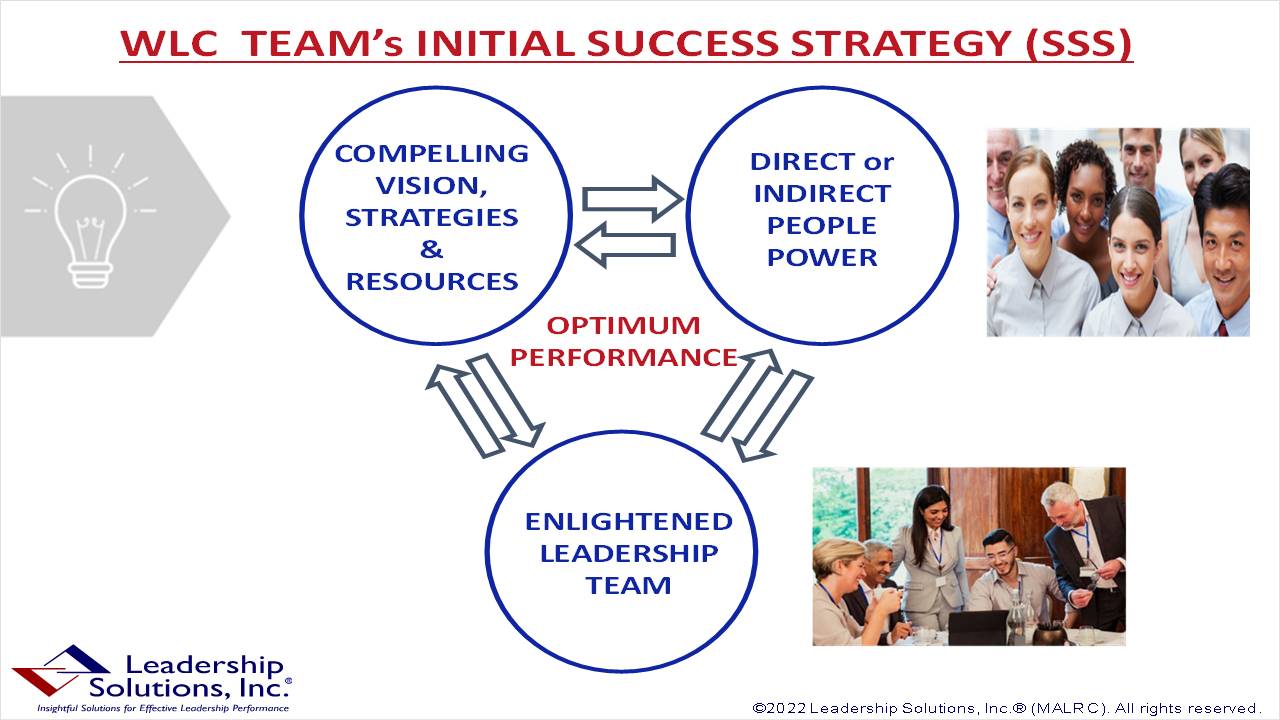by Peter A. Arthur-Smith, Leadership Solutions, Inc.®
“Prime collaborators are key for actively supporting your important objectives and related activities. It’s virtually impossible for teams to optimally succeed without them.”

Have you thought about some of the key entities that could provide valuable collaborators for our World Leadership Crisis Start-up Venture Team (WLC-SVT)? Before any effective team pitches into building momentum behind this vital campaign, it would be crucial to draw upon its collective wisdom to pinpoint potential, influential collaborators and then pitch the team’s intent accordingly. Can you imagine them succeeding without such allies?
So our Strategist-Catalyst-cum-Visionist would invite his/her volunteer team to an early session to define an initial, realistic Success Strategy that would help move them forward. They would then be introduced to the Compelling Vision, Strategies and Resources envisaged from Phases 1 & 2. Additionally, they would draw upon the People-Power Strategists identified in prior Phase 3, who would also serve as their Enlightened Leadership (EL) team, too. This team would then realize the need to bolster its People-Power component with some effective collaborators, who need to be identified and co-opted as early as possible. (NOTE: The prior Phase 3 mention of a desired four-component Strategic Framework will be covered in Phase 5 – Orchestrate and Build Momentum.)

With this initial thinking, the SVT will then develop a Constituent Map, see proposed one opposite, where the blue items are likely external collaborators and the red ones are supposed near-term and future internal ones. Since members will be expected to prioritize their near term collaborator focus, you will note use of stars to point-out their most likely picks. (NOTE: The use of stars also helps them highlight influential collaborators from the outset.)
These priorities are chosen with a view as to where they would probably get the most attention and support. By identifying and involving these potential collaborators, it also serves the purpose of grabbing their attention to play an active role in enhancing the quality of world leadership over time. It would give them some “skin-in-the-game.”
With such a picture at their finger tips, any Start-up Strategist Team will feel it’s ready to move forward with the execution/implementation, Phase 5 – Orchestrate and Build Momentum, part of its journey. That’s when the team will be divided into three pairs with their Strategist-Catalyst acting as their orchestrator/ facilitator. Since there could well be nine priorities in total, that would mean each pair picking three each – of their own choosing – to focus on and make real progress. An approach like this demonstrates how to get teams involved; i.e. get participants to create the constituent map, encourage them to identify priorities, and then form pairs to choose the ones they wish to focus on. (NOTE: Acting in pairs is way more productive than traditional solo initiatives.)
Assuming this Phase 4 activity gets accomplished in a good half-day or whole-day, then a prudent celebration of success will be warranted to acknowledge progress made through having a late lunch or evening cocktail. Then they can also talk about their forthcoming Orchestrate and Build Momentum phase, too.
